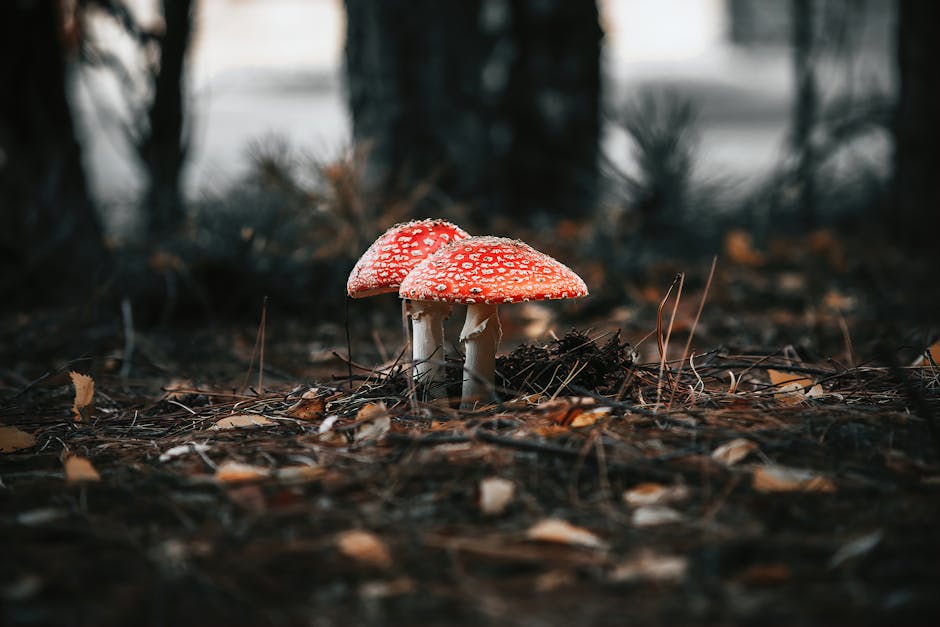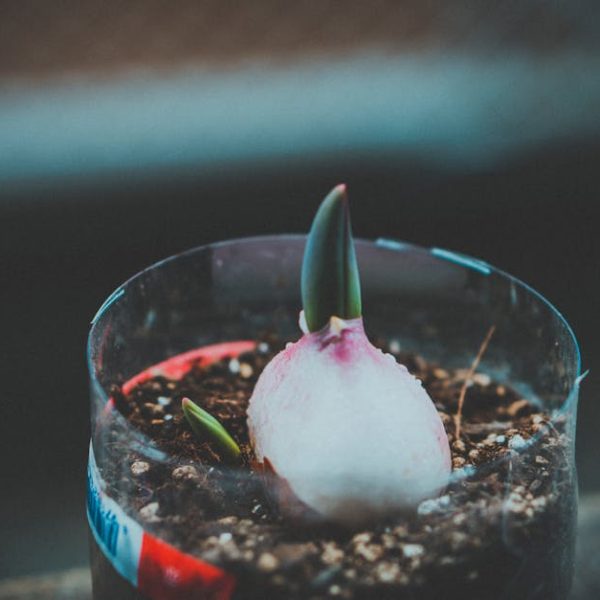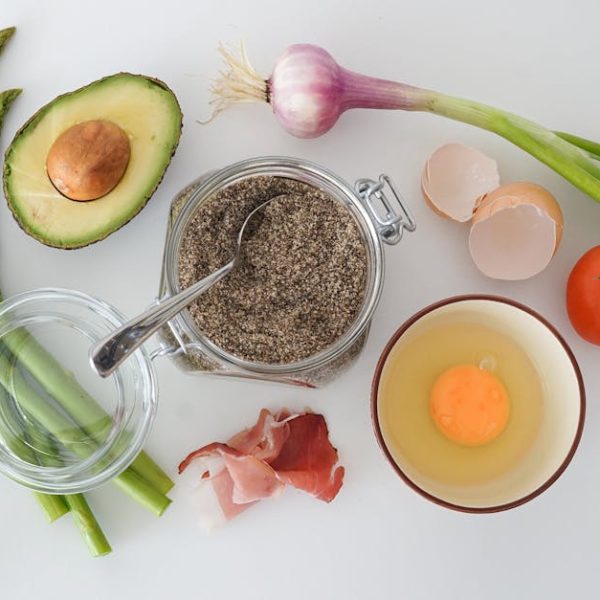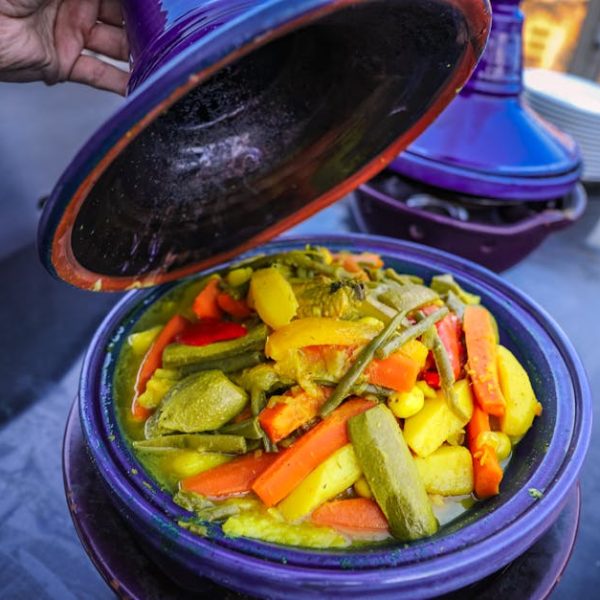It may look like a simple question, but getting accurate information about mushroom freshness can significantly improve your culinary experience. Not only do fresh mushrooms have a more robust flavor, but they’re also much safer to consume than their past-prime counterparts. This article will help you determine exactly how long your mushrooms are good for and provide practical strategies to enhance their shelf life.
Recognizing Fresh Mushrooms
Being able to distinguish fresh mushrooms from stale ones begins with understanding how they should look, feel, and smell. Fresh mushrooms often have a vibrant look with their colors shining brightly, a firm texture when touched, and typically emit a pleasant and earthy aroma.
To choose the freshest mushrooms, consider the following:
- Vibrant and consistent coloration, free from unusual spots
- Firm texture, free from sliminess or sogginess
- Absence of off-putting odors, particularly a smell similar to rotten fish or ammonia
Pro Tip: When grocery shopping, opt for loose mushrooms over pre-packaged ones. This allows you to inspect each mushroom individually for freshness.
Estimated Shelf-Life of Mushrooms
Understanding the expected shelf-life of mushrooms highly depends on a few factors, including the type of mushroom, how they’re stored, and the environment in which they are kept. Generally, fresh store-bought mushrooms are good for 7-10 days in the refrigerator, while homegrown varieties tend to last a bit longer due to the absence of commercial processing.
Here are some expected shelf-lives for popular mushroom types:
- White or Button Mushrooms: 7-10 days
- Cremini Mushrooms: 7-10 days
- Portobello Mushrooms: 7-10 days
- Oyster Mushrooms: 5-7 days
- Shiitake Mushrooms: 14 days
Vs. Comparison: Interestingly, homegrown mushrooms tend to last a couple days longer than store-bought due to the minimal time between harvest and storage, yielding fresher, tastier mushrooms.
Storing Mushrooms Properly
Proper storage practices can greatly prolong the freshness of your mushrooms. The key aspects generally involve maintaining a specific temperature range and preferring certain packaging methods.
Here are a few best practices for mushroom storage:
- Keep mushrooms refrigerated, ideally between 34 and 40 degrees Fahrenheit.
- Store them in a paper bag as this helps to absorb excess moisture.
Pro Tip: Avoid washing your mushrooms until you’re ready to use them. Excess moisture will cause them to spoil more quickly.
Signs of Mushroom Spoilage
Eventually, even the best-stored mushrooms will begin to spoil. It’s crucial to recognize the signs of bad mushrooms to ensure your meals remain delicious, and, more importantly, safe. Mushrooms past their prime often show changes in color, become slimy, and produce an unpleasant, sour, or fishy smell.
Spoon through these signs of mushroom spoilage:
- Inconsistent or dull coloration and appearance of dark spots.
- Slimy or mushy texture.
- Unpleasant, sour, or fishy smell.
Pros and Cons: While using slightly overripe mushrooms can add an unusual umami twist to your meals, there’s a risk of consuming spoiled ingredients. Unless risky vanguardist cuisine is your thing, it’s generally best to err on the side of caution and toss any questionable mushrooms.
Using Preserved Mushrooms: Dried, Canned and Frozen
If you continually find yourself unable to consume fresh mushrooms before they spoil, preserved mushrooms might be your best bet. Dried, canned, and frozen mushrooms not only have a significantly longer shelf-life but can also add a diverse range of flavors and textures to your meals.
Let’s compare the experiences of using fresh versus preserved mushrooms:
- Fresh mushrooms: Strong, earthy flavor and firm texture. Best when used immediately after purchasing.
- Dried mushrooms: Concentrated flavor, need to be rehydrated before use. Can last several years when stored properly.
- Canned mushrooms: Slightly softer texture and less pronounced flavor, but ready to use right out of the can. Good for about 2-3 years unopened.
- Frozen mushrooms: Retain much of the flavor and texture of fresh mushrooms, but less work to prep. Remain good for up to a year in the freezer.
Best Practices: When using preserved mushrooms, be sure to plan ahead. Dried mushrooms require soaking to rehydrate, and frozen mushrooms may need time to thaw. This ensures the best flavor and texture in your dishes.
Key Takeaway:
- Fresh mushrooms can be recognized by their vibrant colors, firm texture, and a pleasant aroma. Loose mushrooms are a better choice as they can be easily inspected for these freshness parameters.
- The shelf life of mushrooms depends on their type, storage conditions, and whether they are store-bought or homegrown. Fresh mushrooms generally last around 7-10 days in the refrigerator.
- Proper storage includes refrigeration between 34 and 40 degrees Fahrenheit and use of a paper bag. It’s advised to avoid washing mushrooms until usage to prevent early spoilage.
- Signs of mushroom spoilage include inconsistent or dull coloration, slimy or mushy texture, and an unpleasant smell. Consuming spoiled mushrooms can be risky and is generally discouraged.
- Preserved mushrooms, such as dried, canned, and frozen ones, offer an alternative with a longer shelf life and diverse flavors and textures. Each type requires specific preparation considerations for optimal use.
Your cooking experience can truly transform with the right knowledge and practice. By recognizing the freshness of your mushrooms, you can ensure your dishes are flavorful and safe. Remember, careful storage and using preserved options effectively can extend your window for using these versatile ingredients.
FAQs
Q: Can I dry fresh mushrooms for longer shelf life?
A: Yes, drying mushrooms removes the moisture, extending their shelf life. Make sure to rehydrate them before using in your dishes.
Q: What’s the best way to clean mushrooms without causing spoilage?
A: It’s best to lightly brush off any dirt using a mushroom brush or a damp paper towel. Avoid soaking or rinsing them excessively to prevent absorption of excess water.
Q: Can fungi form on old mushrooms and is it safe to consume?
A: Old or spoiled mushrooms might develop mold. This is not safe to consume and you should discard any mushrooms showing signs of fungi.
Q: Do different mushroom varieties require different storage methods?
A: While some varieties may have specific recommendations, most fresh mushrooms should be stored in the refrigerator in a paper bag to prolong their freshness.
Q: Are canned mushrooms a healthy alternative?
A: Canned mushrooms offer convenience and longer shelf-life. However, they might contain added preservatives, salt or other ingredients. Always check the product label to make well-informed dietary choices.
We encourage you to share this article with your friends and continue exploring more informative posts on our website!






